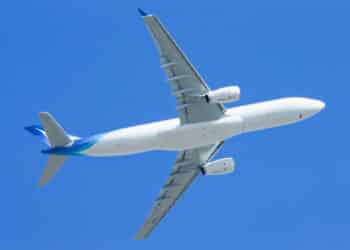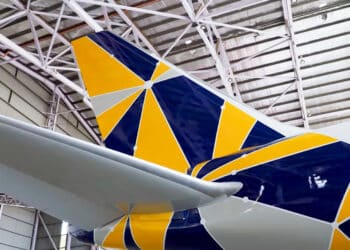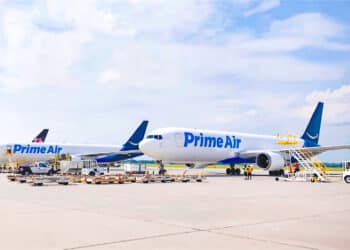Next-gen narrowbody conversions accelerate as adoptions pick up steam
Two years into the COVID-19 pandemic, the freighter market continues to outperform expectations as an increasing number of carriers looks to launch freighter operations of their own using narrowbody conversions. As we predicted in our April 2021 analysis, the addition of 737-800Fs was once again the predominant driver of growth in the worldwide narrowbody jet [...]
Already subscribed? Log in






